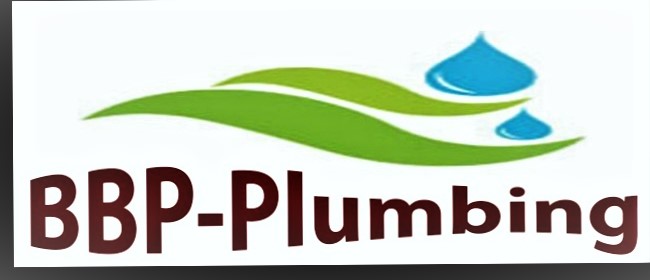We bring to you some models of shower faucets with body spray. All looks amazing. Maybe this makes you to take a decision in your further projects.
Sunday, February 27, 2022
Friday, February 25, 2022
Questions and answers
1. What is the future of plumbing?
The Bureau of Labor Statistics predicts that the plumbing industry will grow by 24% from 2014 to 2024. But just as the competition is heating up, so is demand for plumbers. In fact, reports suggest that no plumbing company holds more than 1% of the market share in terms of revenue.
2. How big is the plumbing industry in US?
With a $107 billion market size in 2021, the plumbing industry is ranked 5th in the overall construction industry by market size and the 98th largest in the United States.
3. How much do plumbers make?
CNBC Make It spoke with plumbers, students and administrators about the costs of training, how much plumbers really earn and what it's like to work in the profession. ... According to the Bureau of Labor Statistics, the median pay for plumbers, pipefitters and steamfitters was $25.92 per hour and $53,910 per year in 2018.
4. Why is plumbing so expensive?
Sunday, February 20, 2022
Department of Water Department Chicago
Department of Water Management Chicago helps the citizens to test the water quality. Base on this we recommend to all our Chicago customers to enroll in this study and request a free water quality test kit.
KNOW YOUR WATER
Enroll in Chicago’s Water Quality Study
Register to request a free water quality test kit
ABOUT THE STUDY
As part of the Chicago Department of Water Management’s (DWM) proactive approach to water quality research, DWM launched Chicago’s Water Quality Study in 2016 to investigate the possible impact of water main construction and meter installation on residential lead levels. This is the most comprehensive scientific study to explore these issues ever conducted.
The Study compares the before and after water samples from homes that have received water meter installations and from residences on blocks where the city is replacing water mains. The sampling approach in the Study is rigorous. It requires collecting four water samples for each test, making the process more likely to detect levels of lead.
The Study’s goal is to complete before and after sampling in a total of 1,200 homes near water main construction and 900 homes that have received water meters. DWM contacts residents with their individual results when they become available, and broader results are posted below.
If you have received a notice that DWM will be replacing water mains in your area and want to register for the Study, click here.
To promote water quality in your home, flush your water system for five minutes if the water has been stagnant for more than six hours. Click here for more info.

ABOUT WATER TESTING
Instructions in english
Instrucciones en español
Instrukcji w j. polskim
中文说明
If you are concerned about the potential of elevated lead levels in your home's water, you may wish to have your water tested.
The test kit consists of three bottles, a mailing box, and instructions. Follow the instructions included in your kit for collecting water samples in your home, put the bottles in the shipping box and place it in a location (such as the entryway or front door) for pick up by Department of Water Management (DWM) staff.
If you would prefer to schedule a time for a DWM representative to come to your home to take water samples, keep in mind that this appointment must be scheduled for a time when you are home and you have not used your water for over 6 hours. Please call 311 or fill out the form below and a representative will reach out to you to schedule a visit.
ABOUT WATER FILTERS
Residents who qualify for a filter set received a water meter through the MeterSave program which has been temporarily suspended while we continue to collect and analyze data from the Water Quality Study on residential lead levels. The MeterSave program installs free water meters in single family and two-flat homes for residents who are current with their water bills. To be clear, Chicago’s water is safe to drink and we are taking this step out of an abundance of caution.
Recent Study results have shown that approximately 7.1% of homes receiving water meters are seeing an increase that puts them above 15 parts per billion- the Environmental Protection Agency’s action level for lead in drinking water.
We are offering filter sets consisting of a water pitcher and six cartridges NSF-certified to remove lead if used correctly to everyone who has received a meter from the City, those who have received high testing results, and those otherwise notified by DWM are eligible for a water filter. Click here to register for a water filter.
For coupons to purchase additional water filters, click here.
ABOUT FLUSHING
On a daily basis, one of the most effective ways to ensure water quality is to flush your water for 5 minutes every time it has been stagnant for 6 hours or more. Just run cold water through a faucet or do normal activities like laundry, showering or doing the dishes to get the water moving through your system. This flushes out stagnant water and replenishes the corrosion control within your pipes to minimize lead leaching.
Alternatively, during and after construction on the water system on your block or in your home, you should perform intensive flushing.
Click here for more information about intensive flushing in English.
Click here for more information about intensive flushing in Spanish.
Saturday, February 19, 2022
February for outside work
This very cold February was with many underground problems. Some new pictures with the work done at very low temperatures.
1.


















